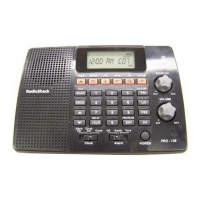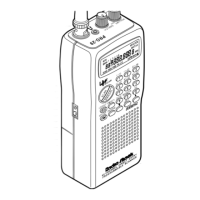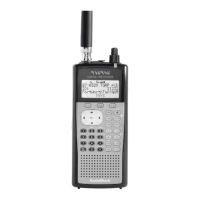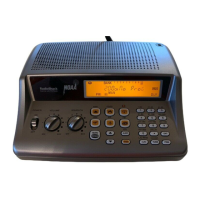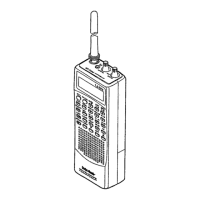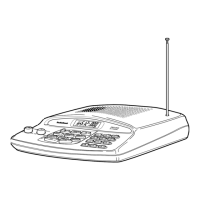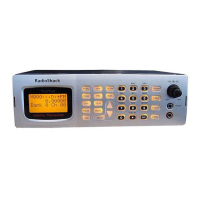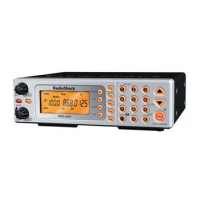What to do if my Radio Shack PRO-28 Scanner is totally inoperative?
- YyoungmatthewAug 15, 2025
If your Radio Shack Scanner is totally inoperative, there could be a few reasons. First, check the power: ensure the batteries are good, or that the scanner is properly plugged into a working AC or DC outlet. If you're using an optional AC or DC power adapter, make sure it's fully inserted into the DC 12V jack. If the batteries are dead, recharge the rechargeable batteries or replace the non-rechargeable batteries.


